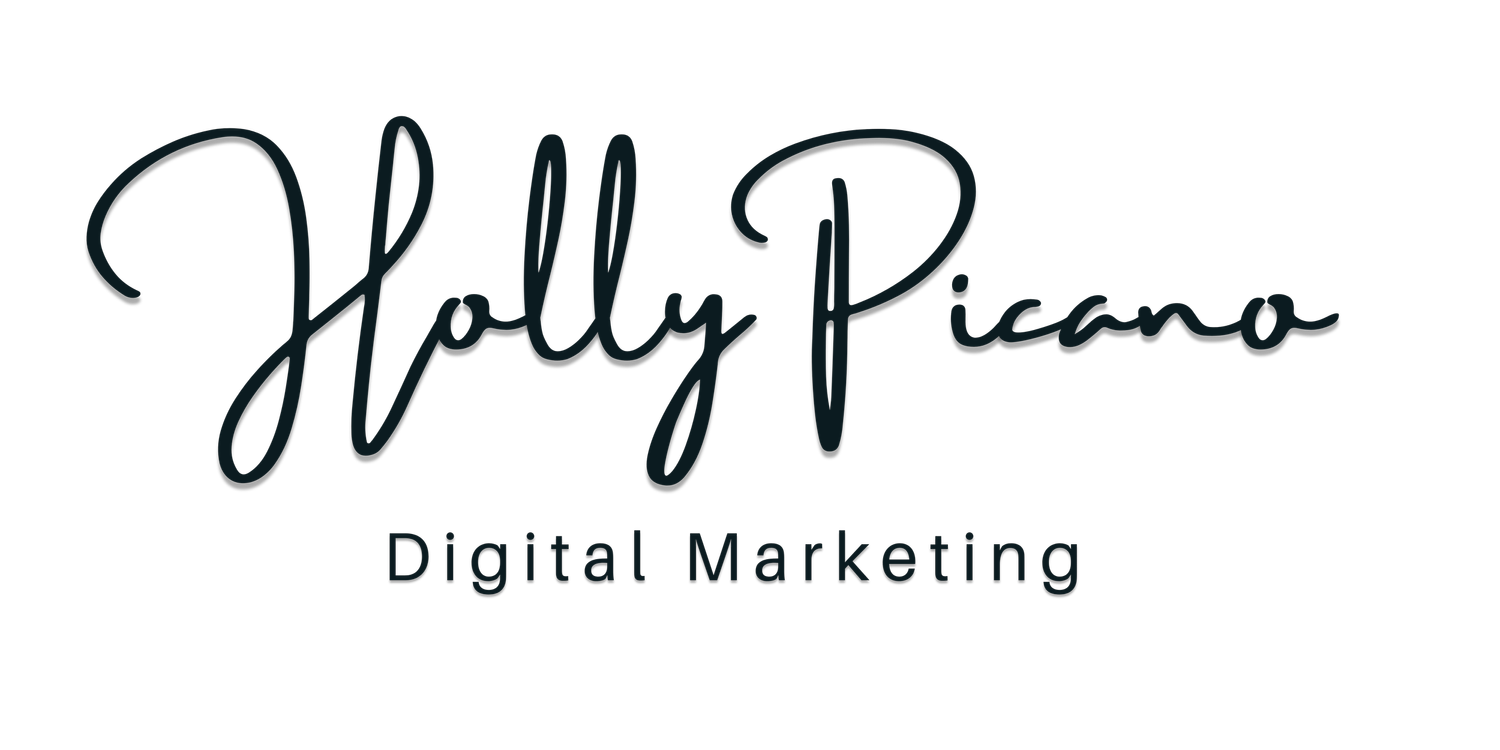How “Sora 2” Changes the Game for Text-to-Image Artists (and Why You Should Care)
A New Era of Creative Output
As someone deeply immersed in AI-driven art and imagery, I’ve been watching the evolution of text-to-image technologies for years. Now, the launch of OpenAI’s latest text-to-video model, Sora 2, is signalling a major shift — one that affects more than just video makers. If you’re an artist, advertiser, or creator leaning into AI visuals, this is a moment to understand how it impacts your workflow, your value, and your opportunities.
What is Sora 2, and Why It Matters
Sora 2 is OpenAI’s next-gen model that converts text (and images) into short videos, with improved realism, physics simulation, synchronized audio, and scene continuity. OpenAI+2Krea+2
The move from still-image generation (which you may already be working with) to moving visuals opens up completely new creative possibilities: animations, dynamic storytelling, motion-based ads, and richer brand content.
For example: Sora 2 now supports longer clips (up to 15 seconds for most users, 25 seconds for “Pro”). TechRadar
Why Text-to-Image Artists Should Take Note
From static to motion — If you’re creating still visuals, consider how motion (even subtle) can elevate engagement. Sora 2 raises the bar: viewers expect more dynamic content.
Prompt engineering gets more complex — With video, you don’t just define a scene, you define motion, timing, audio, transitions. The skill you have with text prompts for stills becomes even more valuable.
New services and revenue streams — You could offer not only an image but a 30-second AI-generated motion snippet for clients (advertisers, brands, product launches).
Competitive edge — Many creators are still focused on still images. Early movers into video-via-AI will stand out.
The importance of adoption and workflow — You can build hybrid workflows: start with a still via your current text-to-image pipeline, then animate via Sora 2 or similar tools, add voice-over or motion, and deliver richer content.
A Sample Workflow for You
Here’s how you could integrate Sora 2 into your workflow:
Concept & Prompt – Write a precise prompt for still image (your usual text-to-image tool, e.g., “an acrylic-style painting of a mushroom forest at twilight”).
Generate Still & Refine – Use your text-to-image model to get a strong base image.
Motion Planning – Pose the question: “How would this scene move? What element could animate?” Example: “A cluster of mushrooms shimmering with bioluminescent glow, camera sweeping low to high, twinkling fireflies.”
Sora 2 Prompt – Craft video prompt: “Slow motion sweep through a mushroom forest at twilight, bioluminescent glow pulsing, soft fireflies drift across frame, ambient forest sound, cinematic 4K, 24fps.”
Generate Video Clip – Use Sora 2, review the output, maybe iterate.
Final Touches & Export – Use your motion clip in a client ad, social media loop, or as part of a presentation.
Offer as a Service – On your site, you could say: “Still visuals + short motion clip package, generated with AI for faster turnaround and lower cost.”
Important Caveats & Ethical Considerations
Sora 2’s realism raises questions around usage rights, likeness, deepfakes, and copyright.
While this tool is powerful, your artistry and prompt specificity still matter — the tech doesn’t replace creativity, it amplifies it.
For your brand clients (advertising), clarity about “AI generated” and ensuring you have rights to use the generated content commercially is key.
What This Means for Your Audience (and Your Business)
Since your focus is on helping small businesses, artists, and entrepreneurs leverage AI for marketing and automation:
You can position yourself as the expert who bridges image & motion: “I create AI-driven visuals from static to dynamic for your brand.”
Create a new module or class in your on-demand curriculum: “From text to image to motion: Using Sora 2 for moving visuals in your campaigns.”
Update your portfolio and case-studies to include motion examples — offering more value and differentiation.
The creative frontier is shifting — again. For designers, marketers, and artists alike, Sora 2 isn’t just a new platform; it’s a preview of how all media will evolve. Those who learn to write for the camera — not just the canvas — will define the next wave of digital storytelling.
